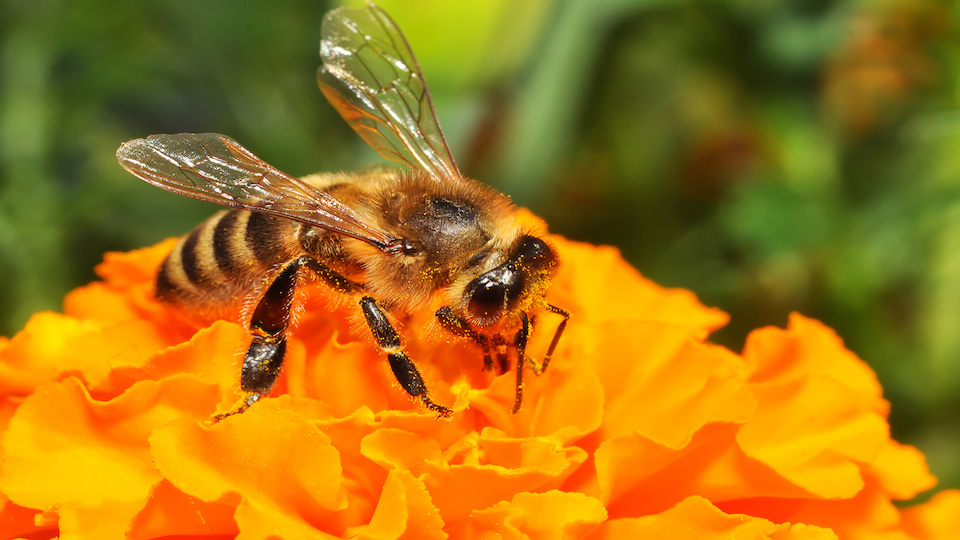Have you ever taken a stroll through your veggie or fruit patch to find full blooms and gotten really excited only to see that nothing comes of them? This is one of the most disheartening things that can happen to a gardener, and the reason behind this is a lack of pollination.
That’s right, when plants are not pollinated they don’t produce as they should. Some plants, like tomatos, that have both male and female parts will set a little fruit but nothing like they would be if visited by bees, hummingbirds, ants, beetles, wasps, and other pollinators. You see, in order for our harvests to be great, we need a little help from our friends.
Pollination happens
Pollination occurs when pollen from the male flower part migrates to the female part (either on the same plant or between two plants of the same species). This results in fruit and more seeds.
Throwing a pollinator party
For a beautiful big harvest, you will want to host an open party for pollinators. These include critters like moths, bees, hummingbirds, ants, butterflies, wasps, and even beetles. Any creature that helps plants reproduce should receive an invite to your garden party.
A pollinator party is not much different than any other party. You need something to drink, something to eat, and a shelter to keep your party guests safe when they crash.
Drink – All wildlife need access to water to survive. Providing fresh water in the way of a fountain, pond or hanging water stations will keep your pollinator guests hanging around a while.
Food – When pollinators show up for your garden party, they are hungry. They want to fill up on delicious nectar as they travel from plant to plant. Here are some things to remember when drawing up the menu.
- Select a wide variety of plants that are native to where you live. Be sure to choose a number that bloom at different times of the year. Plant in clumps so that your garden party guests can spot them quickly.
- Plant a number of different colors, shapes, and heights. This ensures that there are enough nibbles for everyone.
- Don’t forget about your late-night friends – plant several night-blooming varieties such as moonflowers that will draw nocturnal pollinators.
- Milkweed is a must. It is the only thing that the picky baby Monarch butterflies will eat. Not to mention the fact that it is an exquisite plant.
- Don’t forget to cultivate a vibrant and organic soil that will support plant growth.
- Fertilize your plants regularly with a rich compost tea or other organic fertilizer. The healthier your plants, the more guests you will have at your party.
- Add some flowering herbs to your garden such a lavender, dill, bee balm, rosemary, and Greek oregano.
- Add a few bird feeders, including a hummingbird feeder.
Shelter – Pollinators need a place to rest after partying in your garden. Leave dead trees or limbs, if possible, as these provide a nesting site for native bees. Add bee condos or bat houses to attract more guests. Bees like places close to the ground to hide and cool off. Planting lots of groundcover in your garden does the trick. Good options include walkable thyme, ivy, coleus, and sedum. Scraps of cotton or yarn attract birds because they can use these materials for building a nest.
More ways to attract more pollinators to your garden
Go organic – Keep in mind that many pesticides, even those that are organic, can be toxic to bees and other beneficial organisms. A diverse ecosystem is capable of fending off much of what we try to kill with pesticides. The problem is that pesticides, like chemotherapy, kill both the bad and the good.
Consider beekeeping – You don’t need a big plot of land or a country home to keep bees. Back in the day, most people had a beehive or two in their backyard. It is nice to see more and more people embracing the hobby of keeping bees.
Consider groundcover instead of grass- What could be better than no more lawns to mow? Consider replacing some or all of your lawn with a variety of pollinator-friendly groundcovers such as Creeping Thyme and Liriope.
-Susan Patterson




